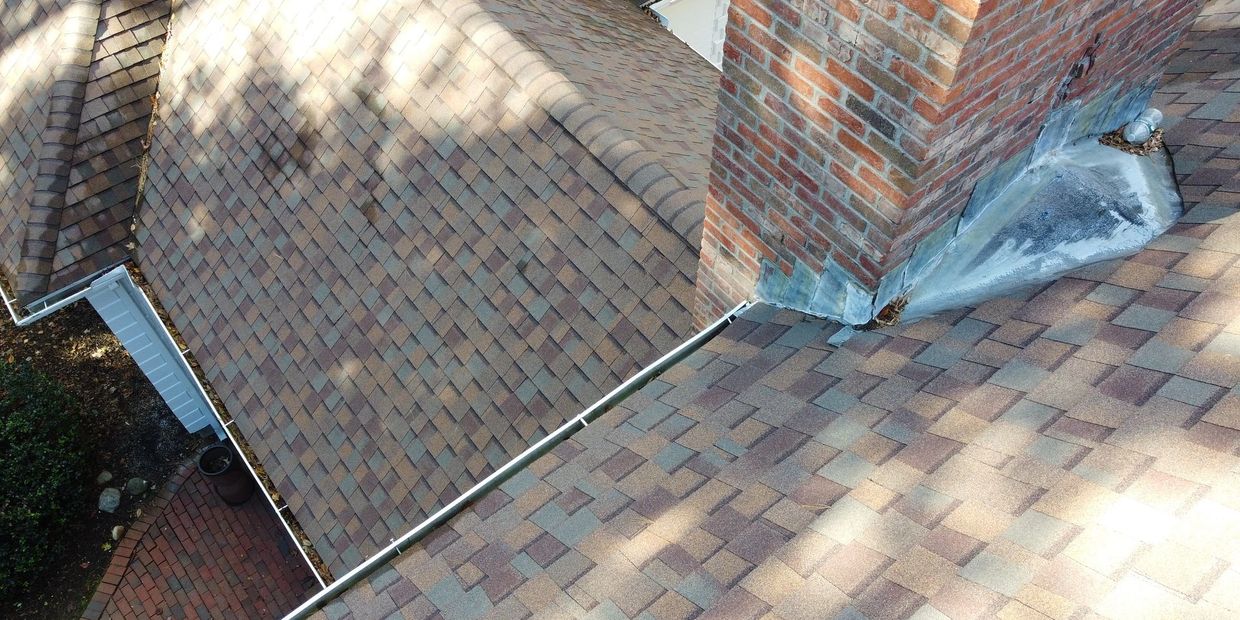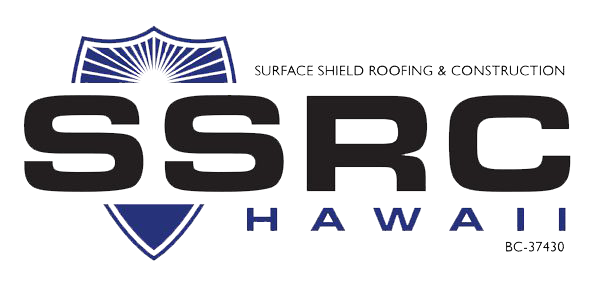Recognizing the Different Sorts Of Roofings: A Comprehensive Overview for Homeowners
With a selection of options-- varying from the standard gable to the contemporary flat-- each kind presents unique advantages and challenges that need to straighten with the property owner's environmental factors to consider and certain demands. As we explore the complexities of numerous roof kinds, it becomes apparent that one size does not fit all; the appropriate option may amaze you.
Gable Roofing Systems
Gable roofs, identified by their triangular form, are amongst the most preferred roof covering styles due to their simplicity and effectiveness in dropping water and snow. This style features two sloping sides that satisfy at a ridge, permitting reliable drain and minimizing the danger of water accumulation. The high pitch frequently connected with gable roofs improves their ability to deal with hefty rainfall, making them suitable for numerous climates.
In enhancement to their practical benefits, gable roofings supply aesthetic adaptability. They can be adapted to different building styles, from traditional to modern homes. The layout can likewise suit added attributes such as dormer windows, which enhance natural light and ventilation in the attic room space.
Moreover, saddleback roofs supply enough room for insulation, adding to energy effectiveness. Property owners can select from a range of roof covering materials, including asphalt tiles, steel, and tiles, better enhancing customization alternatives.
In spite of their benefits, saddleback roofs may call for extra assistance in locations susceptible to high winds or heavy snowfall. Generally, the gable roofing system continues to be a preferred selection because of its mix of capability, resilience, and aesthetic appeal.
Apartment Roofs
Level roof coverings are usually acknowledged for their minimalist style and useful applications, especially in commercial and industrial settings (oahu roofing). These roofs include a straight or nearly straight surface area, which permits for simple building and construction and functional room application. While they might lack the aesthetic charm of angled roofs, level roofings provide many advantages, specifically in city environments where taking full advantage of space is crucial
One of the main advantages of flat roof coverings is their accessibility. House owners can make use of the roof covering space for numerous objectives, such as rooftop yards, balconies, or solar panel installments. In addition, flat roof coverings are typically more cost-efficient to install and maintain compared to their sloped counterparts, as they require less products and labor.
However, flat roofs do existing specific difficulties. Proper water drainage is vital to protect against water merging, which can bring about leakages and architectural damages. Therefore, selecting high-grade waterproofing materials and routine inspections are critical for guaranteeing longevity. Usual products used for level roofings include built-up roofing (BUR), modified asphalt, and single-ply membranes, each offering distinctive benefits. In general, flat roof coverings work as a useful and adaptable selection for many house owners and services alike.
Hip Roofs
Hip roofings are identified by their sloped sides that merge on top, creating a ridge. This layout stands out from saddleback roofs, as all four sides of a hip roof covering slope downwards towards the wall surfaces, supplying a much more steady structure. The angle of the slopes can differ, get redirected here enabling versatility in building visual appeals and capability.
One of the primary benefits of hip roofings is their capacity to endure heavy winds and adverse weather. The sloped surfaces allow better water drain, minimizing the threat of leaks and water damages. In addition, hip roofings use enhanced attic area, which can be made use of for storage space or even transformed into livable areas.
Nevertheless, constructing a hip roofing system can be a lot more costly and complex than easier roof types, such as gable roof coverings. The extra product and labor associated with developing the slopes and ensuring correct structural honesty can bring about higher costs. In spite of these disadvantages, several property owners favor hip roof coverings for their resilience, aesthetic appeal, and possibility for power efficiency.
Mansard Roofing Systems
Mansard roofings, usually identified by read more their one-of-a-kind four-sided layout, feature two slopes on each side, with the lower slope being steeper than the upper. This building style, originating from France in the 17th century, is not only aesthetically appealing but useful, as it takes full advantage of the useful area in the top floorings of a building. The steep lower incline permits even more headroom, making it a perfect choice for loft spaces or attics, which can be exchanged living areas.
Mansard roofings are characterized by their convenience, fitting different building designs, from standard to contemporary. They can be built with various products, including asphalt tiles, slate, or steel, offering house owners with a range of alternatives to fit their budget plans and choices. In addition, the design permits the combination of dormer home windows, improving all-natural light and air flow in the top degrees.
Nevertheless, it is important to consider the prospective downsides. Mansard roof coverings might require even more maintenance because of the complexity of their design, and their steep inclines can be testing for snow and rain overflow. Overall, mansard roof coverings integrate beauty with usefulness, making them a popular choice among property owners seeking unique architectural functions.
Shed Roofs
As home owners significantly seek simpleness and capability in their building layouts, lost roof coverings have actually Visit Your URL emerged as a popular option. Defined by a single sloping plane, a shed roof covering offers a minimal visual that matches various home designs, from contemporary to rustic.
One of the key advantages of a shed roofing is its simple building and construction, which commonly translates to decrease labor and material expenses. This design enables for reliable water drainage, reducing the threat of leakages and water damages. Furthermore, the upright incline offers adequate room for skylights, enhancing all-natural light within the interior.
Lost roofs additionally offer versatility in terms of use. They can be successfully integrated into enhancements, garages, or outside structures like structures and sheds. In addition, this roofing system design can accommodate various roofing materials, including steel, asphalt tiles, or perhaps eco-friendly roofs, aligning with green efforts.
Nevertheless, it is vital to take into consideration local environment conditions, as hefty snow lots might demand adjustments to the roof covering's angle or framework. Generally, shed roofing systems provide a practical and cosmetically pleasing choice for property owners seeking to make the most of functionality without jeopardizing style.
Final Thought


Gable roof coverings, defined by their triangular shape, are among the most preferred roof covering designs due to their simplicity and efficiency in losing water and snow. oahu roofing. The steep pitch commonly linked with gable roofs enhances their ability to manage hefty rainfall, making them ideal for various climates
While they may do not have the visual appeal of pitched roofing systems, flat roofing systems provide numerous advantages, particularly in urban environments where optimizing space is important.
